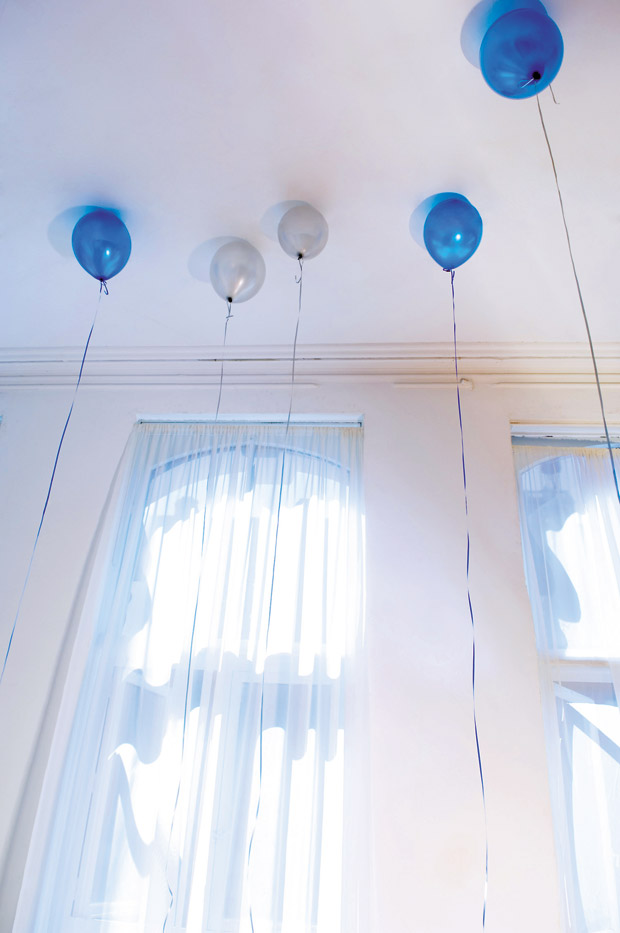Smoothing out popcorn ceilings
When I married Scott, I adopted his family traditions. One of my favorites: Decorating the house for a family member’s birthday. Each night before a birthday, while the birthday person is asleep, the other family members decorate. When the birthday person wakes up, the house is decked out and it remains that way until the next day. The only downside is that each time I do this, I am reminded that we have popcorn ceilings. I do not like popcorn ceilings, and I do not know anyone who does.
Aside from the fact that tape does not adhere well to them, popcorn ceilings scream dated and potentially dangerous. They could contain asbestos, and any time you try to clean them, some inevitably falls down. Luckily, there are some easy ways to smooth out the ceilings.
First, test a small bit for asbestos, especially if you know that the ceiling was installed before 1979. Although asbestos was banned in 1978, manufacturers were allowed to use up what they had left in inventory, so there is a chance that yours could still have it.
You can either use a test kit, which will require that you scrape a small amount and submit samples to a testing lab, or you can consult an asbestos expert. In the state of Hawaii, the Environmental Protection Agency lists Tom Lilekis (phone: 586-5800) as an asbestos professional. Once you have determined that your ceiling is asbestos-free, you can proceed to removing it yourself.
Start with a clean slate. Remove all of the furniture and items in the room, and cover the floor with a drop cloth. You may also want to protect the crown molding and walls by hanging plastic sheets from the molding to the floor.
From here, you can start scraping. Although some recommend spraying the ceiling with before you start, this is not necessarily a good idea. First, the ceiling probably does not need it. Yes, scraping without wetting down the ceiling first will take longer. However, it will also help you to avoid having the liquid soak into the ceiling, expanding, and potentially cracking — not to mention the gobs of mess that come with it.
To scrape, use a ceiling texture scraper or a utility or drywall knife. Keep in mind that these knives have smaller surface areas than a ceiling texture scraper. Thus, they will take longer to complete the job.
Wear safety goggles to protect your eyes from crumbling pieces as you go. When you are done scraping, use joint compound and sandpaper to smooth the surface before repainting.
Have a comment or question for Joanne? Email thefixisinhawaii@gmail.com.

